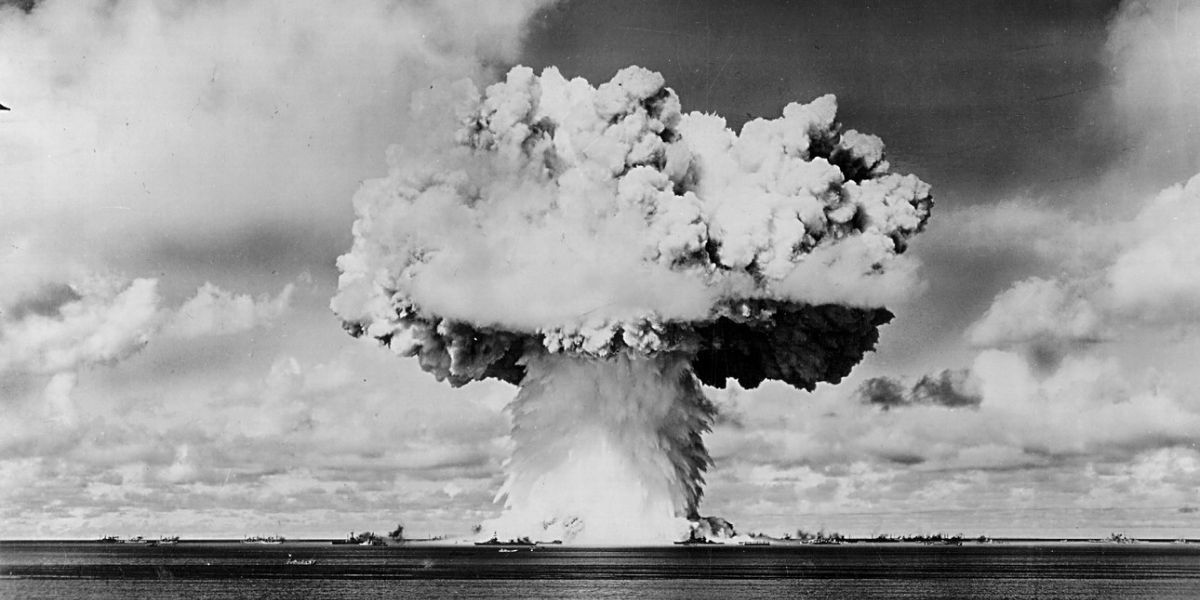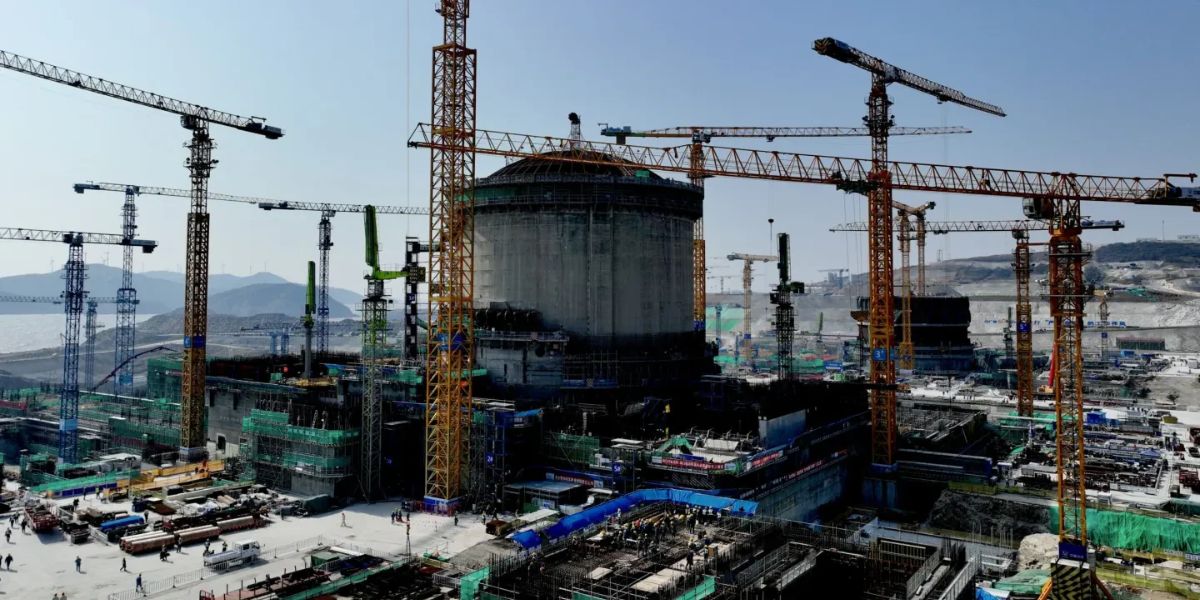Florida is known for its sunny beaches, theme parks, and diverse culture, but it is also one of the most vulnerable states in the US in the event of a nuclear war. With several major cities, military bases, and nuclear power plants, Florida could be a prime target for enemy missiles.
However, that does not mean that there is no hope for survival in the Sunshine State. In this blog, I will share some of the factors that could affect your chances of surviving a nuclear attack, and some of the places that could offer you the best protection and resources in Florida.
Factors to Consider for Survival
Surviving a nuclear war is not easy, but it is not impossible either. There are many factors that could influence your survival, such as:
- The location, size, and number of the nuclear bombs. The closer you are to the blast zone, the more likely you are to suffer from the immediate effects of heat, shockwave, and radiation. The larger and more numerous the bombs, the more widespread and severe the damage and fallout.
- The direction and speed of the wind. The wind can carry radioactive particles from the blast site to other areas, creating a fallout zone that could last for weeks or months. The wind can also affect the weather patterns, causing changes in temperature, precipitation, and cloud cover.
- The availability of shelter, water, and food. The best way to protect yourself from radiation is to find a shelter that can block or reduce the exposure. Ideally, you should seek a shelter that is underground, or has thick walls and a roof. You should also have access to clean water and food, as radiation can contaminate the sources of both. You should avoid eating fresh produce, dairy products, and meat, as they could have high levels of radiation. You should also avoid drinking water from rivers, lakes, or wells, as they could be polluted by fallout.
- The duration and frequency of exposure. The longer and more often you are exposed to radiation, the more likely you are to develop acute radiation syndrome (ARS), which can cause nausea, vomiting, diarrhea, fever, hair loss, skin burns, and organ failure. The symptoms of ARS can appear within hours or days of exposure, and can be fatal if not treated. You should also be aware of the long-term effects of radiation, such as cancer, genetic mutations, and infertility.
- The availability of medical care and communication. In the aftermath of a nuclear war, the medical facilities and personnel could be overwhelmed, damaged, or destroyed. You may not be able to get the treatment you need, or the medication you require. You may also face the risk of infection, disease, and psychological trauma. You should also consider the possibility of losing contact with your family, friends, and authorities. You may not be able to get reliable information, or to communicate your needs and situation. You may also face social unrest, violence, and looting.
Places to Survive in Florida
Given these factors, where should you go in Florida to increase your chances of survival? There is no definitive answer, as different locations may have different advantages and disadvantages. However, based on some general criteria, such as population density, distance from potential targets, elevation, climate, and natural resources, here are some of the places that could offer you the best prospects for survival in Florida:
- The Panhandle. The Panhandle is the northwestern part of Florida, bordering Alabama and Georgia. It has a lower population density than the rest of the state, and is farther away from the major cities and military bases that could be targeted. It also has a higher elevation than the rest of the state, which could reduce the risk of flooding and fallout. The Panhandle has a temperate climate, with mild winters and hot summers, and plenty of rainfall. It also has access to the Gulf of Mexico, which could provide a source of fish and salt. Some of the towns and cities that could be suitable for survival in the Panhandle are Pensacola, Panama City, Tallahassee, and Crestview.
- The Keys. The Keys are a chain of islands that extend from the southern tip of Florida into the Atlantic Ocean. They have a low population density, and are far away from the major cities and military bases that could be targeted. They also have a tropical climate, with warm temperatures and abundant sunshine. They also have access to the ocean, which could provide a source of fish and salt. However, the Keys also have some drawbacks, such as being vulnerable to hurricanes, sea level rise, and fallout from Cuba or the Caribbean. Some of the islands that could be suitable for survival in the Keys are Key West, Marathon, Islamorada, and Key Largo
- The Everglades. The Everglades are a vast wetland that covers most of the southern part of Florida. They have a very low population density, and are far away from the major cities and military bases that could be targeted. They also have a subtropical climate, with warm temperatures and high humidity. They also have access to fresh water, which could be filtered and purified. However, the Everglades also have some challenges, such as being infested with mosquitoes, alligators, snakes, and other wildlife. They also have limited access to food, as most of the plants and animals are not edible or nutritious. Some of the areas that could be suitable for survival in the Everglades are Big Cypress National Preserve, Everglades National Park, and Fakahatchee Strand Preserve State Park.
Conclusion
Florida is a beautiful and diverse state, but it is also a risky one in the event of a nuclear war. However, that does not mean that you should give up hope or move away. There are still some places in Florida that could offer you a chance to survive and thrive in the aftermath of a nuclear attack.
You should also prepare yourself by learning the skills and acquiring the supplies that could help you survive. Remember, the best place to survive nuclear war is not a specific location, but a state of mind. Stay calm, stay informed, and stay safe.






